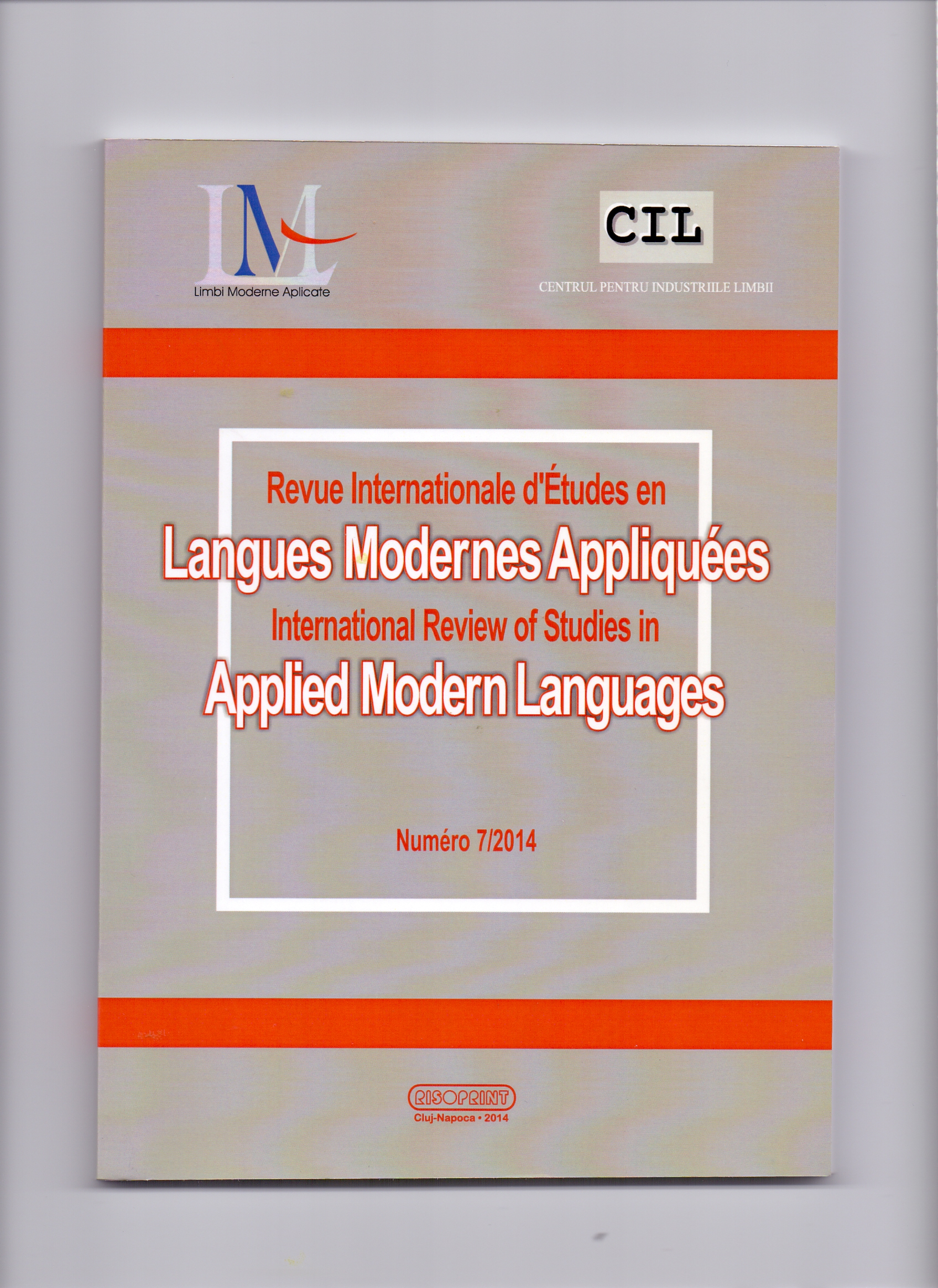La représentation occidentale du Marocain : imagerie figée et doxa
The Western Representation of Moroccans: Stationary Nature and Immobility
Author(s): Mohammed JadirSubject(s): Anthropology, Sociology
Published by: Risoprint
Keywords: cliché; self-image; hetero-image; stereotype; intercultural communication; cultural identity; functional grammar;
Summary/Abstract: In this article, questions of intercultural communication between the Occidental (American and European – French, British, etc.) and the Moroccan are studied from the representations in Paul Bowles’ novels Let It Come Down and The Spider’s House. Events in these two works take place in Tangiers (the international locale), and Fez (the medieval city) respectively. The first of the three sections in this article focuses on the stationary nature and the immobility (doxa) of stereotypes and images that the Occident conjures of the colonized. The emphasis was placed on the depiction of the doubled foreigner: the vision of self of Moroccans corroborates, with few exceptions, the essentialist and discriminatory vision of the Other held by Westerners. The second section focuses on intercultural imagology, i.e. the different perspectives of the observer and the observed. It consists of confronting the representations that cultures have of one and other using the illustration of images of trust, patience, hospitality, and foreignness. The third section examines the position of the author concerning his degree of openness to cultural differences. This leads to the question: by his longing for a « return to his roots » was the Bowles looking for the paradise lost, an unavoidable or inescapable paradigm of anthropological universalisms that we can ascertain to be the basis of diversity?
Journal: Revue Internationale d'Études en Langues Modernes Appliquées
- Issue Year: 2014
- Issue No: 07
- Page Range: 53-63
- Page Count: 11
- Language: French

